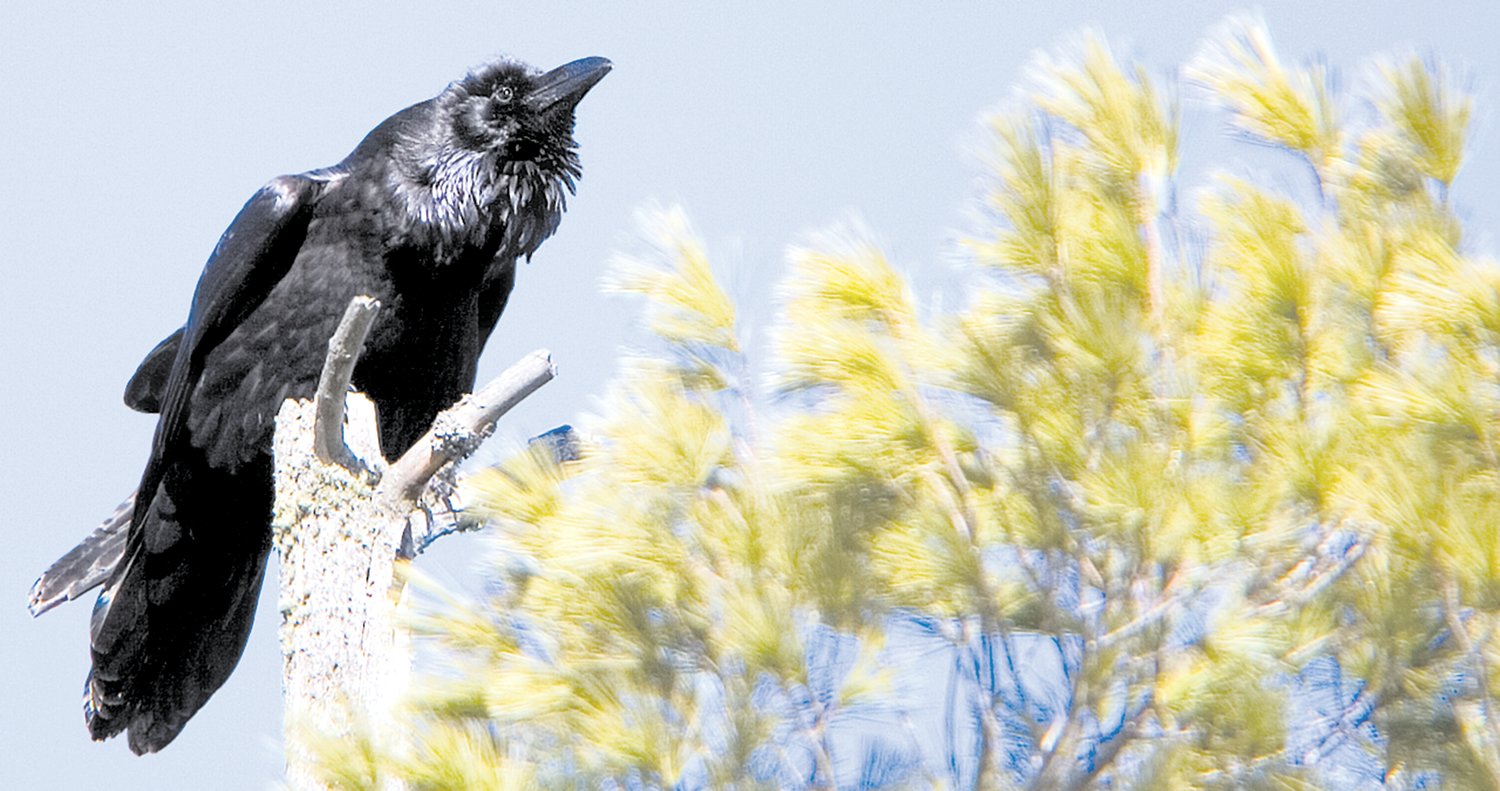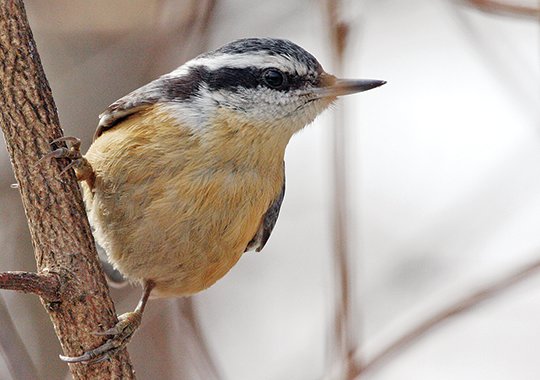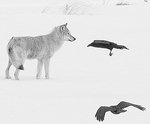Support the Timberjay by making a donation.
Life comes together
Signs abound that we’re all part of a biophilic community
by Peter M. Leschak
On a mid-March morning still featuring six-foot snowbanks, I ambled down our driveway a little ways to pee on a patch of ice. It’s an early spring melting ritual, a …
This item is available in full to subscribers.
Attention subscribers
To continue reading, you will need to either log in to your subscriber account, or purchase a new subscription.
If you are a current print subscriber, you can set up a free website account and connect your subscription to it by clicking here.
If you are a digital subscriber with an active, online-only subscription then you already have an account here. Just reset your password if you've not yet logged in to your account on this new site.
Otherwise, click here to view your options for subscribing.
Please log in to continue |
Life comes together
Signs abound that we’re all part of a biophilic community
by Peter M. Leschak
On a mid-March morning still featuring six-foot snowbanks, I ambled down our driveway a little ways to pee on a patch of ice. It’s an early spring melting ritual, a modest contribution in support of the season. Maples overarch that spot, and I heard, then saw, a red-breasted nuthatch bobbing at the tip of a lower limb, calling and proclaiming.
“Good morning, nuthatch,” I replied, then refocused on my satisfying ice-thawing pursuit.
The nuthatch dropped onto my head. I could feel it flitting around on my knit cap, working toward my forehead. I closed my eyes in case it re-positioned – wings fluttering – to my nose. For five or six seconds the bird danced up there before returning to the maple. At that moment I wished the nuthatch had a nickname I knew, an intimate and familiar handle I could’ve exclaimed in gratitude.
Did the bird know me? Eighteen months before, I’d rescued a red-breasted nuthatch that was trapped and panicked inside the Side Lake Post Office. Was it him or her? Not likely, of course. But had word spread on a nuthatch network? A pleasant wish. I did feel privileged to briefly serve as a perch, though I did check to see if the bird had merely pooped on my head. No, but I would’ve laughed.
As we navigate life, such connections with animals are potent markers. Two days later, a retired colleague told me a remarkable story. He once owned a cabin on the shore of Lake Superior, and the lot included an old, tumbledown shack that had been slowly collapsing for generations. One day he noticed ravens entering the dilapidated structure and not coming out. Curious, he crept up to it and peered inside. There was a dead wolf on the floor and several ravens were strutting around it, uttering soft vocalizations. They weren’t pecking at the wolf, just encircling it. What forcefully struck him, he said, was that it looked like a ceremony…like a wake. When the ravens left they did not return, and the body was undisturbed.
Cooperation between wolves and ravens is well-known, and my colleague mentioned that on more than one occasion in his forestry career he’d seen wolves and ravens sharing a deer carcass without conflict. Ravens will sometimes lead wolves to prey, or to a carcass, so the wolves can tear it open for them, and they also seem to serve as lookouts at kill sites, providing additional ears and eyes. Researchers have witnessed play behavior between the species, with ravens tugging on wolf tails to provoke them into a kind of tagging game, and wolf pups and ravens cavorting as if on recess. It seems clear they have social attachments.
Raven expert Bernd Heinrich noted that, “The raven-wolf association may be close to a symbiosis that benefits the wolves and ravens alike.”
Wolf expert L. David Mech wrote, “Both species are extremely social….Perhaps in some way individuals of each species have included members of the other in their social group and have formed bonds with them….”
Was the dead wolf in the shack known to the ravens? Had they teased it as a pup, shadowed its pack from the air, shared venison in the snow during a January cold spell? Could be. Don’t know. Would like to think so.
Two millennia ago the Roman emperor and philosopher Marcus Aurelius wrote, “…our life is what our thoughts make it,” foreshadowing a key message of the Buddha by four centuries, not to mention the insights of modern therapists. To say, “It’s all in your head” is usually meant to be derogatory, but should it be? What you award attention to is by definition important to you, at least in that moment. What you think about and focus on sets your course through life, and you may do worse than closely attend to animals, and to the habitats that support them (and us).
Several years ago I walked in Central Park in New York City in early spring. I was pleasantly startled by the abundant bird life of Manhattan, and if I lived in the Big Apple, I would undoubtedly spend a lot of time in the park. That 843 acres of the most valuable real estate in the world is protected from urban development was a farsighted act of civic genius. Over $7 million dollars was spent on the land in 1855(!), and totaled slightly more than the Russians charged us for all of Alaska in 1867. To be sure, Central Park was engineered and heavily landscaped, and is not in that sense a native feature, but 303 species of birds have been tallied there, with about 200 of them regulars. They’ve voted with their wings, and were joined by 42 million human visitors in 2016, who were presumably seeking associations not readily available on the streets.
A lot of research – not to mention common experience and common sense – has demonstrated the mind and body rejuvenating power of outdoor landscapes – forests, lakes, bogs, meadows, etc.— and the other species that inhabit them. In 1984, the prominent naturalist Edward O. Wilson coined the term biophilia and defined it as “the innate tendency to focus on life and life-like processes,” affirming that, “to the degree that we come to understand other organisms, we will place greater value on them, and on ourselves.” This concept transcends the notion of “natural resources” in the guise of water, food, air, materials, and posits that beyond these physical essentials we crave deep connections to the biosphere to fulfill psychological and spiritual needs. Over 70 years ago, Aldo Leopold wrote that, “All ethics…rest upon a single premise: that the individual is a member of a community of interdependent parts….The land ethic simply enlarges the boundaries of the community to include soils, waters, plants, and animals….It is inconceivable…that an ethical relation to land can exist without love, respect, and admiration.” We protect and nurture what and who we love, and we are interdependent with all of the world. For proof of the latter look no further than the COVID-19 pandemic.
I don’t know why the nuthatch danced on my head, and can’t say with certainty that a flock of ravens mourned a dead wolf, but I do know that the only way to survive and to prosper is to acknowledge, and to revel in, the sanctified webs of the community of life.












